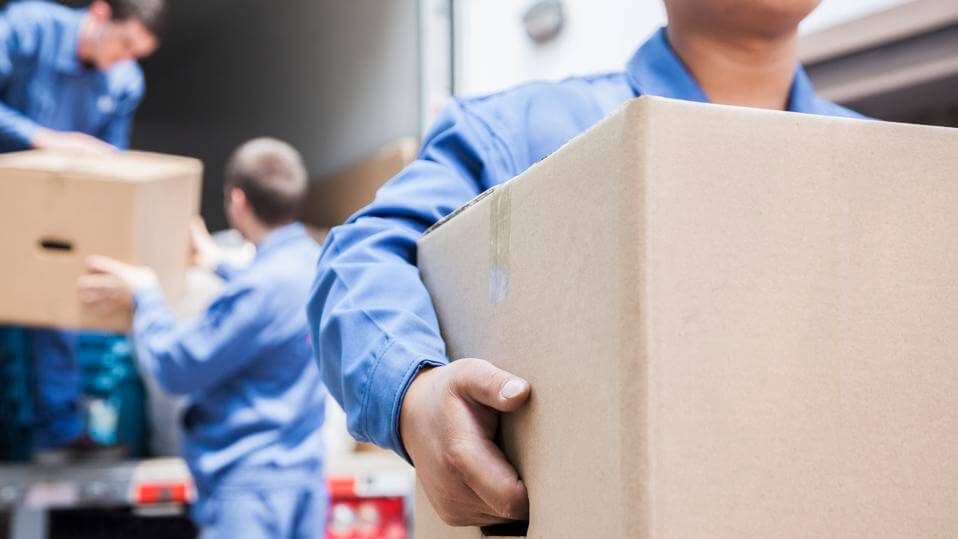No room is more difficult to pack than the kitchen when relocating. The large number of goods to be packed, the fragile and unusual shapes of many of those items, and the usual variety of other things can put off even the most organized packers. If you want to reduce the time spent packing your kitchen, we are here to help!
To avoid any mishaps during the move and have a seamless start in your new kitchen, we will go through how to pack kitchenware for removalists.
If you still need to finish decluttering your home, you should wait to begin packing up your kitchen.
It would be best if you only considered packing anything into boxes once you’ve decluttered the house, which is why we recommend starting this process as early as possible. You should only include items useful in your new home on your household inventory list. Taking the time to declutter will allow you to better organize your belongings and make more informed decisions about what to retain and discard. By doing so, you will not only be able to move into your new home with minimal disruption, but you will also be able to do so more swiftly and effectively.
Buy lots of all necessary packaging materials.
You’ll have to carry a lot of stuff, from plastic cups to expensive blenders. Acquire all the necessary packing items to relocate anything inside your kitchen: packaging tape, permanent markers/stickers, padding, boxes and papers
Plan the process
Every kitchen has numerous breakable and expensive items, including silverware, appliances, and other equipment. The first step is to sort through everything you own by category, which means emptying all your cupboards, drawers, cabinets, and other storage spaces.
The next step is to organize the boxing-up zone, for which you can utilize the island, breakfast nook, or dining room table. After identifying the items you wish to include in your new home checklist, begin packing them by priority, starting with the items you use rarely. Also, don’t forget to separate the things packed in the essentials box for the first few days in your new home or apartment before the rest of your belongings arrive.
Thoroughly clean kitchen appliances
Clean and dry adjustable shelves to prevent mold growth. The same goes for kitchen appliances. Use a cleaning cloth to remove filth from the top and bottom of your kitchen equipment. If you still have the original boxes, you can use them to store your appliances and save boxes for other appliances. Unless you have the right-sized box, use the next-largest. Fill gaps around appliances in the box with crumpled packing paper. Organize hoses and wires inside the appliance. Tape the doors shut and route the cords to the sides.
Packing Glassware & Plates
Champaign, white, and red wine glasses, beer mugs, martini, cocktail, or whisky glasses, and water glasses are all varieties of glassware. First, pack fragile things by category. The next stage is wrapping and boxing them. Wrap each glass separately in paper and bubbles while packing the glasses. After putting the glasses in the box, fill in all the spaces. Box dividers can protect glass from touching.
When packaging plates, ensure that each plate is individually wrapped in paper and placed vertically in the carton. Dish boxes can be very useful for this reason; thus, acquiring them in advance is necessary.

